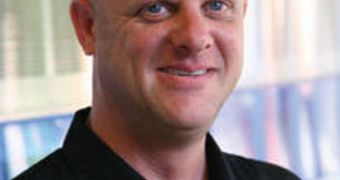A team of scientists has recently been awarded a three-year grant totaling about $469,000, for developing a construct known as a “brain-computer interface.”
There are basically devices that enable direct communications between neurons and nerve fibers in the human body and electronic instruments such as computers.
This type of research has tremendous applications in improving the quality of life for people who are paralyzed following accidents, or who suffer from debilitating diseases.
One heralded application for BCI devices would be controlling wheelchairs, so that patients who cannot move on their own regain at least some of their mobility and self-reliance.
Another potential use would be in communications. Many paralyzed people cannot talk to others if they don't use electronic voice synthesizer.
But existing devices of this sort have limited functions. Using a BCI, they could gain access to a wider pallet of words, expressions and nuances, experts say.
The new grant was awarded to a collaboration of researchers from the Arizona State University (ASU) and the Children’s Neuroscience Institute (CNI), which is based at the Phoenix Children’s Hospital.
The money came from the Arizona Biomedical Research Commission. CNI expert Dr. David Adelson will be principal investigator for the grant, and also the leader of the research team.
Expert Stephen Helms Tillery, who is an assistant professor at the ASU School of Biological and Health Systems Engineering (SBHSE), will also be collaborating with the group.
The SBHSE is one of ASU's renowned Ira A. Fulton Schools of Engineering. The grant will be used to refine an existing BCI system that has been developed for adults and children alike.
Some of the disorders which the BCI addresses include spinal cord injuries, and brain damage caused by stroke, amyotrophic lateral sclerosis (ALS), severe cerebral palsy, and Lou Gehrig’s Disease.
“We have been working on these interfaces in the laboratory for a decade, and it’s exciting to finally see our work moving into a clinical setting through the collaboration with Phoenix Children's Hospital,” explains Tillery.
“This is truly a pioneering technology, and we expect that this type of collaborative research in Phoenix between the CNI at Phoenix Children’s Hospital and ASU will continue to spur further potential innovations and associative technologies in the future,” Adelson concludes.

 14 DAY TRIAL //
14 DAY TRIAL //